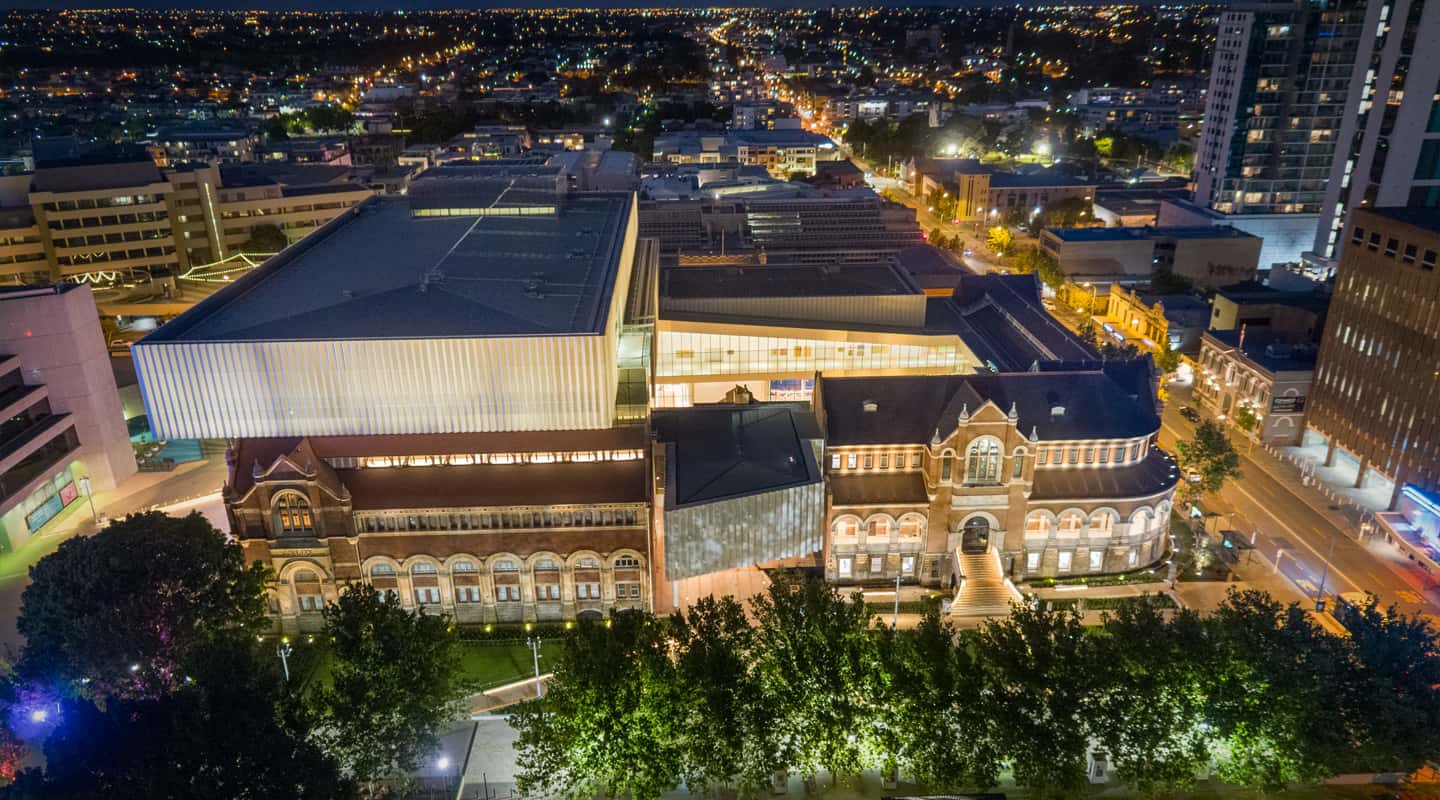
New Light on History
Novel technical requests, one-of-a-kind equipment mounting, heritage requirements, vague briefs and tight deadlines… Diversified won an AVIA for its next-level efforts at WA Museum.
Text:/ Derek Powell
The Western Australian Museum Boola Bardip (the name means ‘many stories’ in Noongar language) is just one of the six museums across the state that comprise the Western Australian Museum but it is quite the most spectacular. Seen from above, the new aluminium and glass structure looks like an enormous G-clamp, weaving over and around four existing heritage buildings that were part of the old museum complex, and connecting them all. The unified complex now encompasses permanent exhibition galleries spread throughout the new spaces and the heritage buildings, which are now fully restored to their former glory.
The project, designed by Hassell and OMA, and constructed by Multiplex, has won multiple architectural and construction industry awards. To quote former Premier Mark McGowan at the opening, the new Museum will be “one of the one of Australia’s great public buildings and one of the world’s great museums.”
Main image courtesy WA Museum Boola Bardip.
Credit: Michael Haluwana, Aeroture
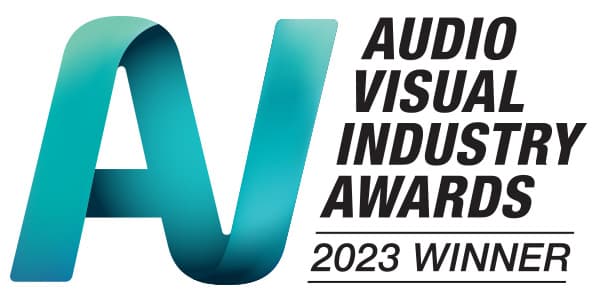
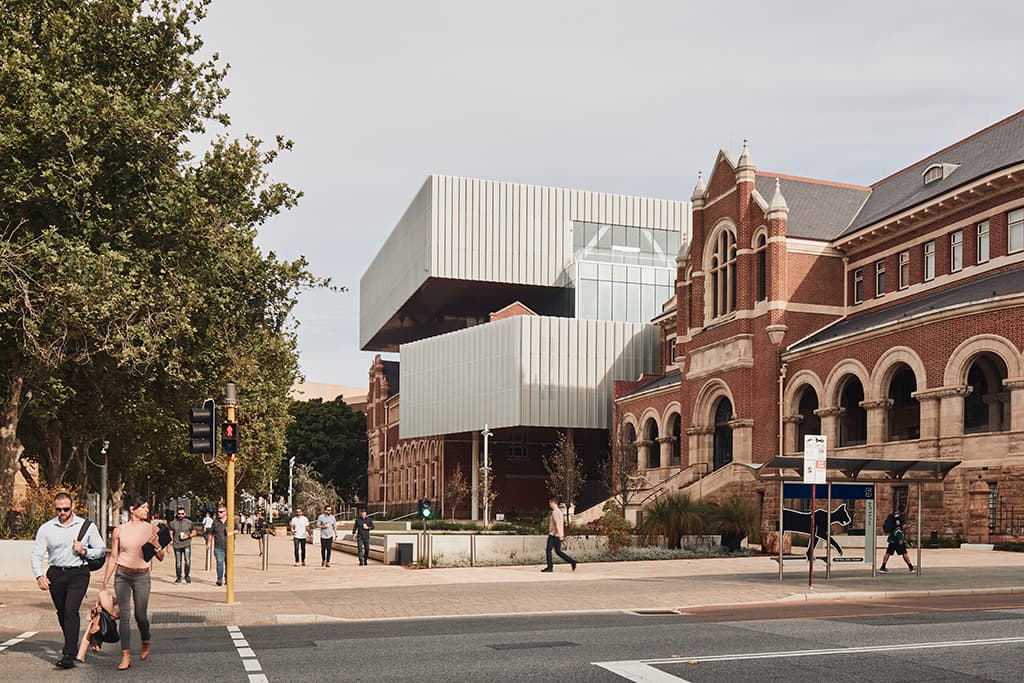
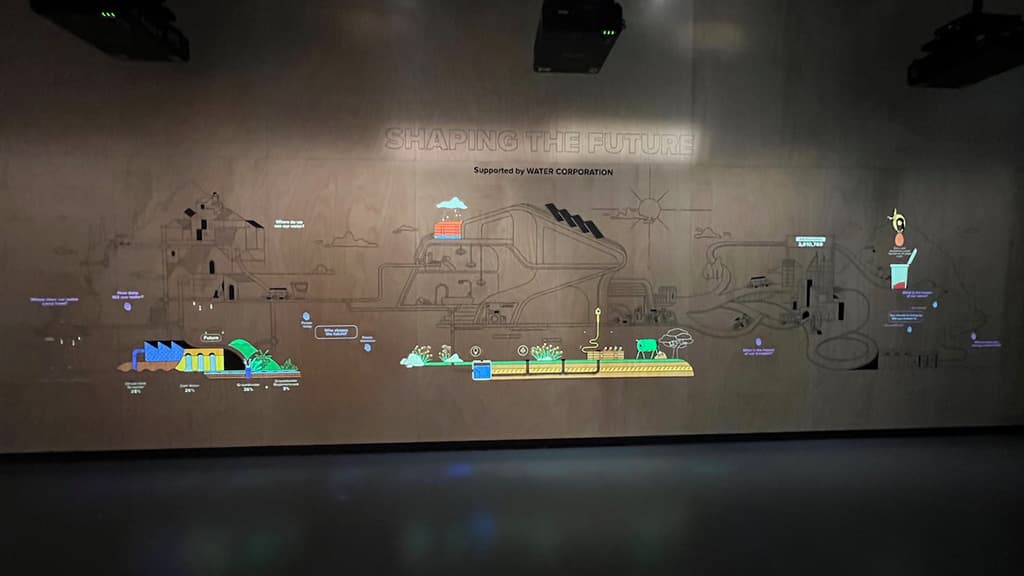
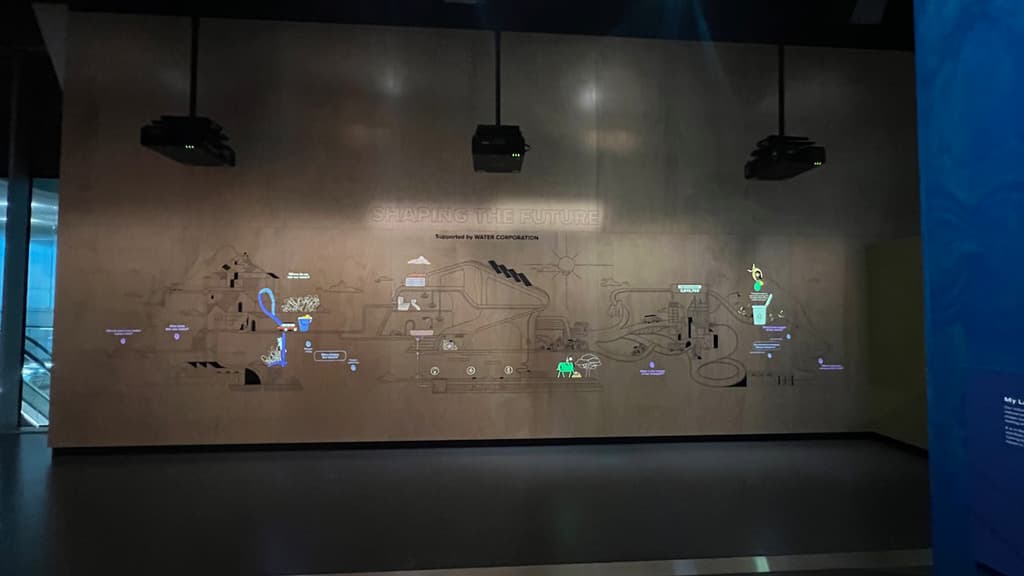
In the Changes Gallery, Diversified installers concealed capacitive touch plates behind the black and white line drawings printed on the wall. When visitors touched certain points on the diagram, the capacitive sensor triggered a replay of animated images illustrating how the processes of the water cycle unfolded. The colour animations were projected onto the diagram by three edge-blended projectors suspended above.
(Photo supplied by Diversified)
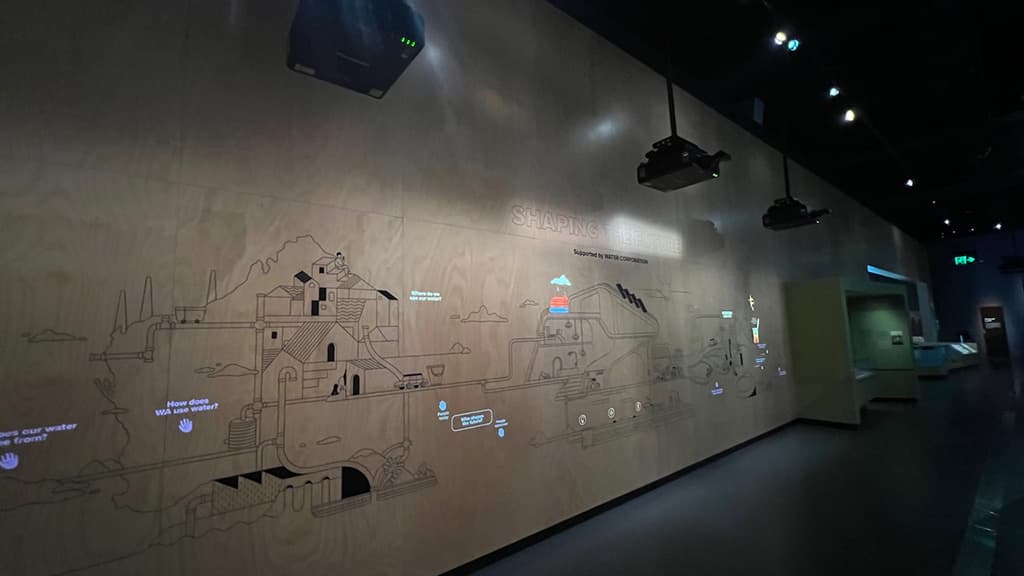
“”
Rather than buttons for visitors to press to trigger interactivity, capacitive touchplates hide behind the surface the projectors illuminate.
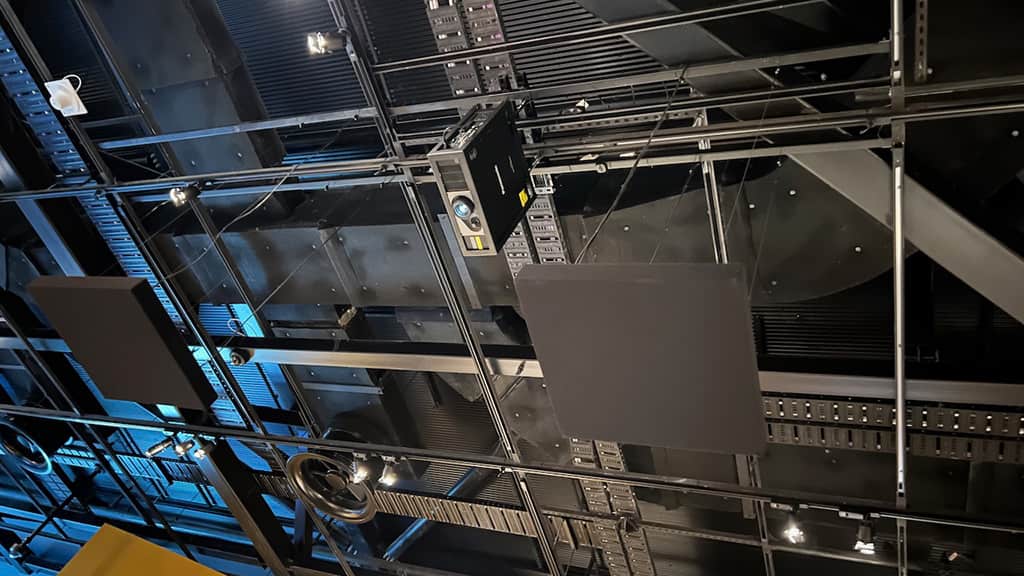
TOUCHY SUBJECT
In a new museum, audiovisual technology is essential for explaining artifacts and displays, and engaging visitors of all ages. Diversified won the contract to design and install the AV systems that would bring the curator’s vision to life. Paul Beard, Diversified’s Site Supervisor, explained the challenges involved.
“It was definitely one of the more challenging ones from a design point of view,” he recalled. “Every exhibit had its own unique aspects. There were some very strange projector locations – definitely things we hadn’t dealt with before. While there were some straightforward touchscreen controls, others involved custom joinery and concealed capacitive touchplates. A lot of those things that we wouldn’t normally do. So, it was quite interesting from our point of view.”
“Interesting” is probably an understatement, as many of the installations had to be pre-wired and projectors mounted well before the exhibits – with their priceless historic artifacts – were put in place.
“We didn’t have access to what was actually being exhibited in certain locations,” he explained. “For some exhibits we were just told, ‘you’ve got four projectors, this is the room they’re going in, set the projectors up’, and that was all we had. We had to wait until quite late in the project to actually get the information from artists and curators. There was a little bit of piecing the puzzles together ourselves. We had to allow some flexibility in the install, so we could adjust things, which we wouldn’t normally do.”
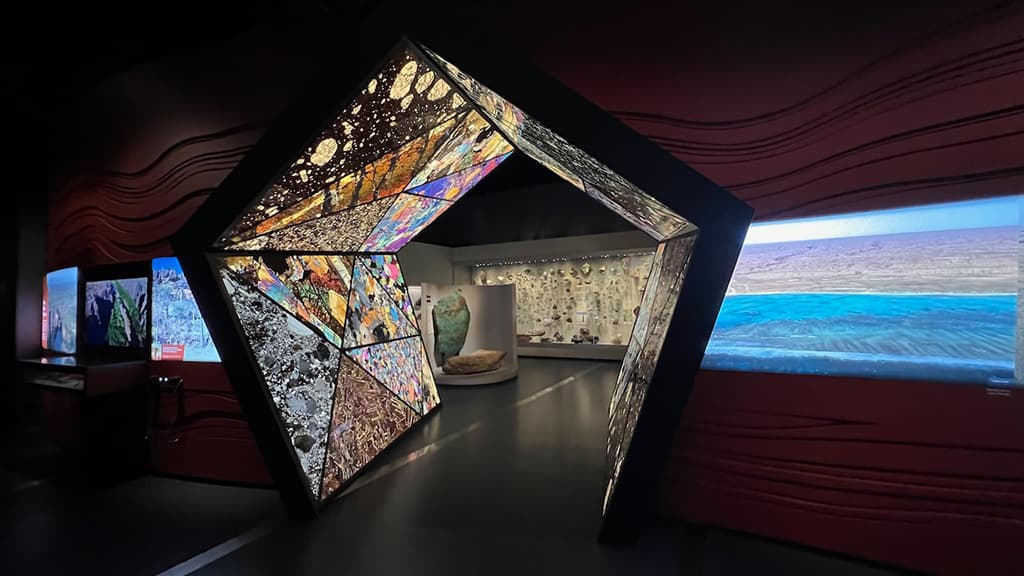
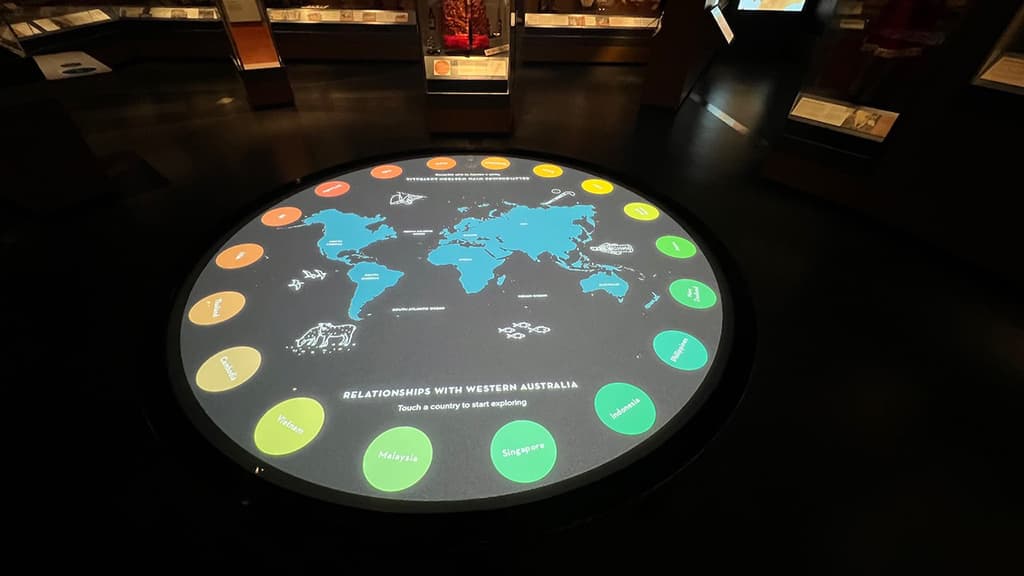
CEILING FLEX
Fortunately, Multiplex (the builder) was switched on to the need for flexibility.
“The builder set up a rail system,” Paul continued. “It is essentially an open plan ceiling with a grid below it, so we fixed across that grid so we could move it around.”
Many of the exhibits were interactive, where visitor could touch an area on the image, or sometimes touch an artifact, which would trigger animations, images or videos that gave more detail. Rather than buttons for visitors to press to trigger interactivity, capacitive touchplates were hidden behind the surface that the projectors illuminated.
One of the larger projection-based exhibits is in the Changes Gallery, ‘Shaping the Future’ illustrates the water cycle. Three edge-blended Panasonic Laser projectors are mounted close to the mural printed across one wall. Special Panasonic ET-D75LE95 ultra short throw lenses allow projection from above at an extraordinarily steep angle. The clever projection geometry allows visitors to move right up to the wall without casting shadows. Handprints projected onto the wall invite viewers to touch that part of the diagram to see how the different parts of Perth’s water system works. Though it appears to the visitor that they are interacting with the image, it is actually 10 metal plates concealed behind the printed artwork that detect when a hand is placed close to them.
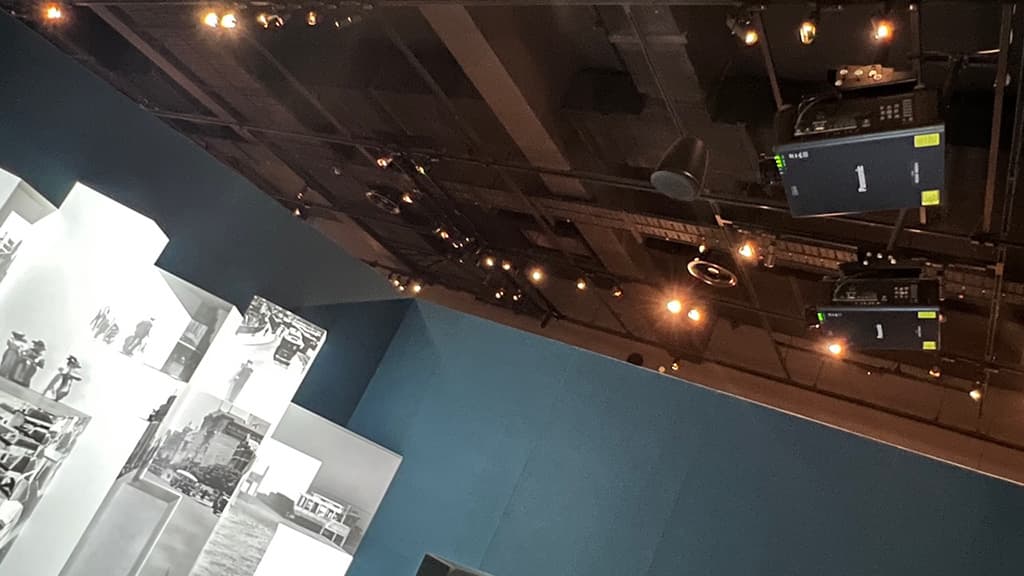
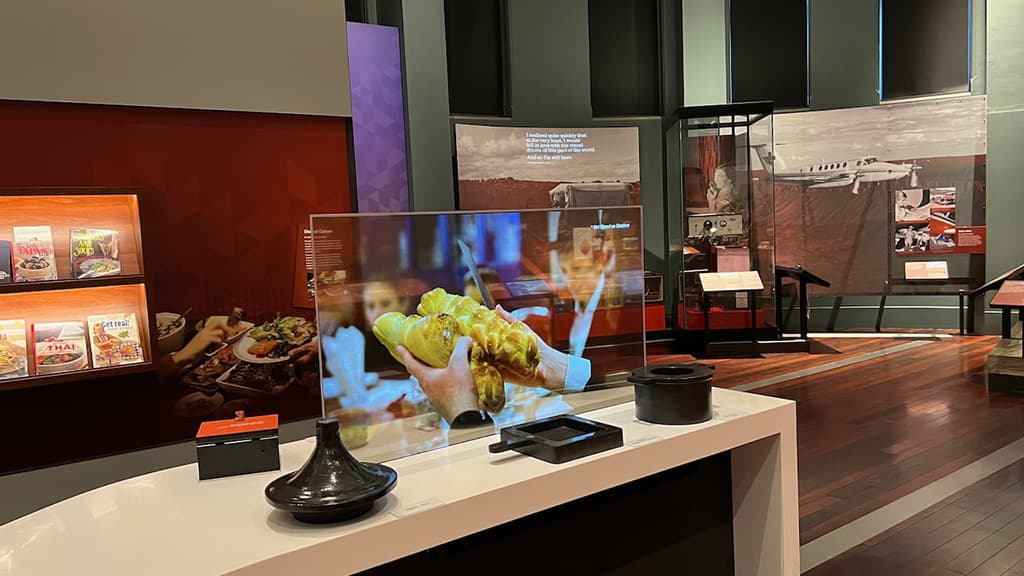
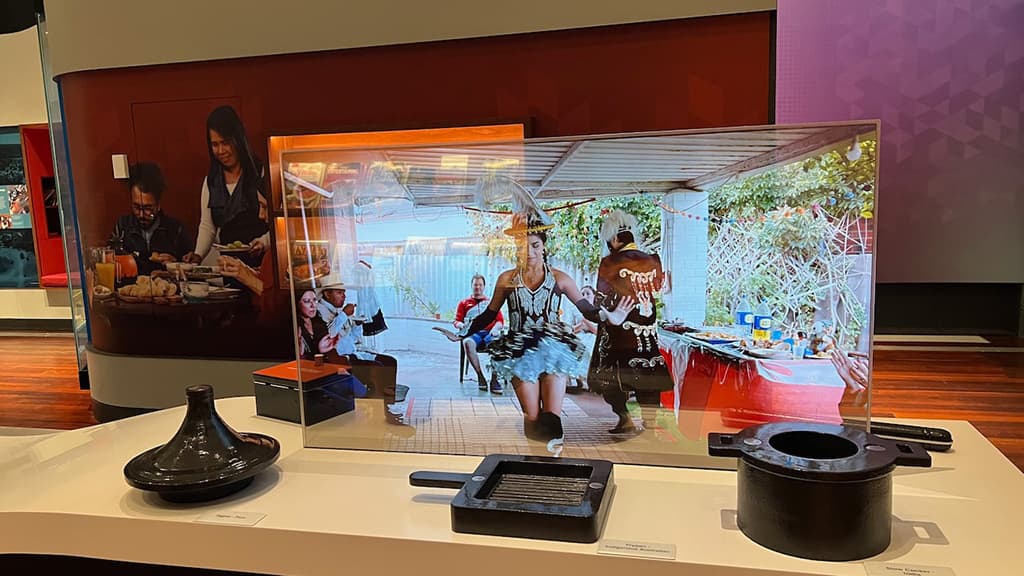
DEEP FRIEZE
Tricky as the projection alignment was, the engineering behind the capacitive trigger plates required even more finesse. “Once the plates were installed, we had to really test and adjust things like cable lengths,” Paul revealed. “Capacitive touch is actually quite sensitive to noise and really needs to be very specific as to how it’s cabled. Normally you can get away with just a shielded cable, whereas these are a bit different. We really had to be very careful how we cabled and where we positioned devices.”
At the other end of the projection scale from the wall-sized images were the small projected animations that illuminated fine details in the Museum’s prized plaster replica of the Parthenon Frieze, now relocated into the Innovations Gallery. The 67 pieces of the frieze are copies cast from moulds of the original marble pieces controversially taken from the Parthenon by Lord Elgin between 1801 and 1812 and now housed in the British Museum. These copies have been a key attraction of the Western Australian Museum since they were first acquired and displayed in 1908. However, in its original location, the intricate frieze was often overlooked. Not anymore.
Interactive projection mapping now allows visitors to appreciate the details of the Parthenon Frieze by picking out individual elements in colour. From a touchscreen located on a balcony across the gallery, visitors can choose to have specific details illuminated and learn about what they represent. However, unlike the closeup projection in the Water Cycle exhibit, these projectors had to use very long lenses as they were located on the opposite wall of this heritage building. That created another unique problem for the Diversified team.
“There are no pillars in that gallery, so any movement in the building was quite noticeable,” Paul noted. “That gave us an issue with vibration, which meant it wasn’t a case of just hanging the projector like you normally would. We had to work on shockmount solutions, with gel shocks for projectors in these locations. That was pretty tricky as we hadn’t dealt with gel shocks often. We used a combination of rubber ones and gel ones where it was really problematic. They’re a pretty sensitive mount and a pretty weight-specific as well. We definitely had to go the extra mile with them.”
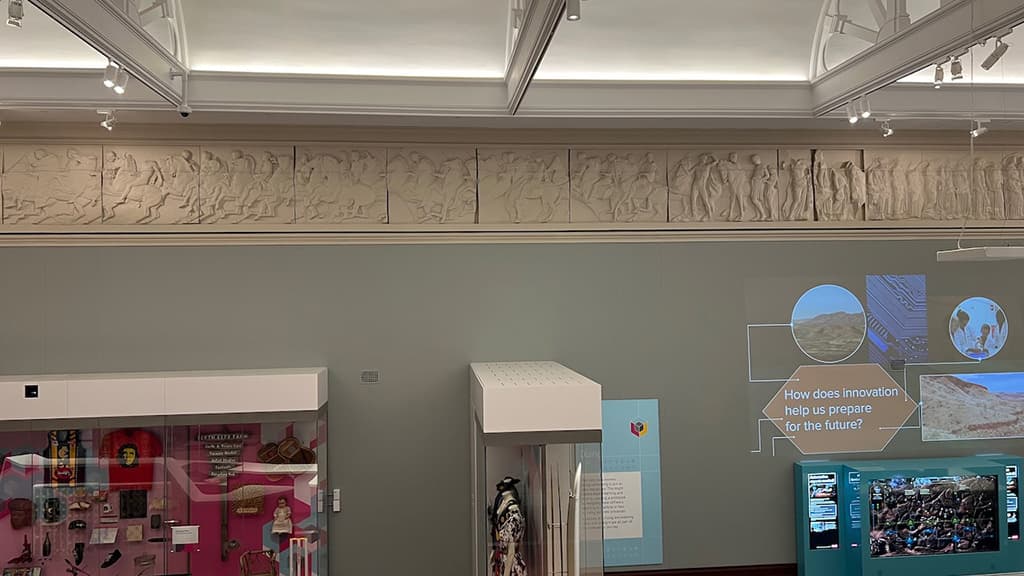
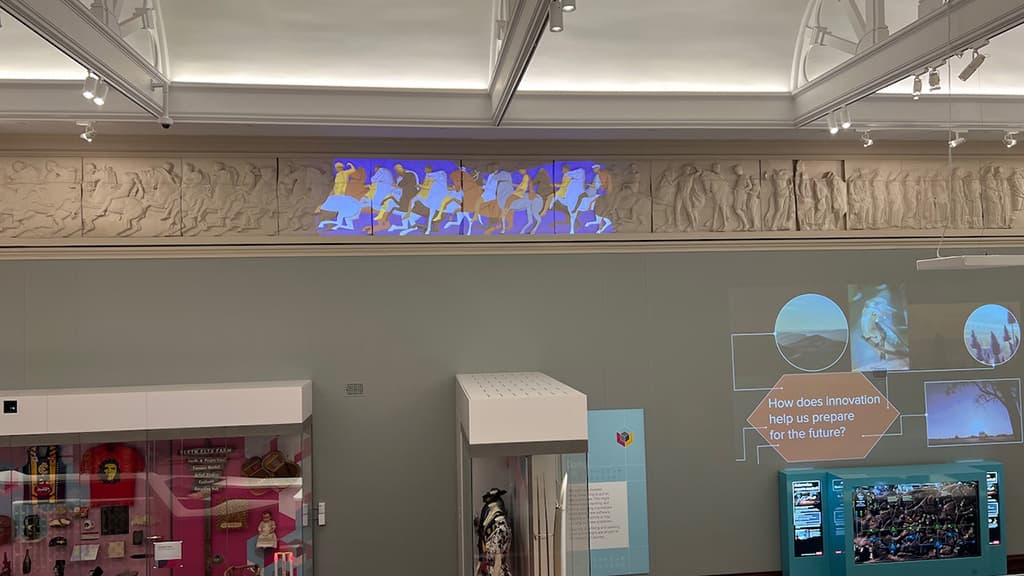
Sam Price, the West Australian artist who created the digital interactive projected artwork for the frieze, comments in Neos Kosmos that the architecture of the new museum emphasised the integration of the old and the new. “We wanted to reflect this in our treatment of the Parthenon Frieze exhibit,” he stated. “We chose a bold and modern illustrative style for the animation, designed to breathe life and colour into the often-overlooked Frieze through projection, whilst also using grain and texture that was sympathetic to the historical canvas we were projecting on.”
(Photo supplied by Diversified)
TAKE A BOW
Other key features of the project included LED walls, transparent monitors, and soundscape speakers concealed in hollow logs. Paul had a crew of four working on the project constantly, which grew to 15 as the deadline approached and commissioning got underway. Astonishingly, the project was completed on schedule, despite much of the work happening during the height of Western Australia’s strict COVID-19 lockdowns.
The AVIA judges were impressed by the degree of interaction Diversified’s AV installation enabled – taking particular note of the novel uses of small-scale projection mapping on walls, floors, cornices and artifacts. The team’s dedication to excellence, attention to detail, and commitment to delivering an exceptional AV experience made The Western Australian Museum Boola Bardip a worthy winner.
EQUIPMENT HIGHLIGHTS
Projectors (32 total)
Panasonic PT-RQ13KE
Panasonic PT-RZ120BE
Panasonic PT-RZ970BE
Panasonic PT-RZ660BE
Panasonic PT-RZ570BE
Lenses
Fixed Ultra-Short Lens Panasonic ET-D75LE90/LE95
Ultra Short Throw Zoom Panasonic ET-DLE0020
Short Zoom Lens Panasonic ET-DLE085
Video
Interactive Player Brightsign XD234
Touch & Interactive Screens
C4267PW 42in MULTITOUCH 3M 98110007279
55″ 6th Generation Touch Screen MultiTaction MTD-556XNB
42″ Kiosk Interactive Touch Screen InTouch INDT420
75″ LED UHD 3840X2160 LG 75UH5C
Touch Module 10-Point Touch LG KT-T75E.AL
Monitors
LG 65″ Display LG 65UH5F
37″ Stretch Display 1920X540 Samsung SH37F
Specialty Audio
Directional Bar Speaker Dakota MA-5
Focused Array Speaker Dakota FA-602
800W Multi-Channel Amplifier QSC MP-A40V
6in + 1in Weatherproof Speakers QSC QA AD-S6T-BK
2in Point Source Compact K-Array KT2
Amplifier Module for Tornado K-Array KA1-T2H
Diversified Team Details
Project Manager: Graeme Lothian
Site Supervisor: Paul Beard
Field Engineer/Commissioner: Dylan Curtois
Design Engineer: Michael Calder
Sales Team: Ryan Agostini, Adrian Johnson

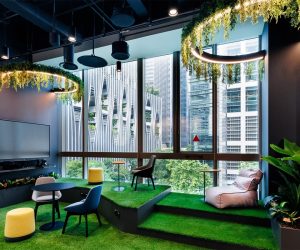
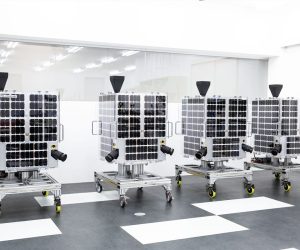
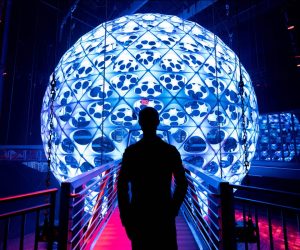

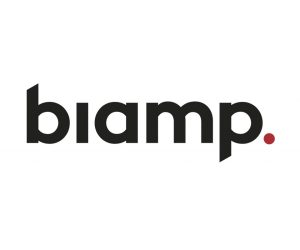

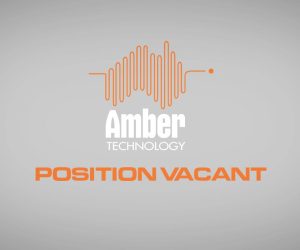
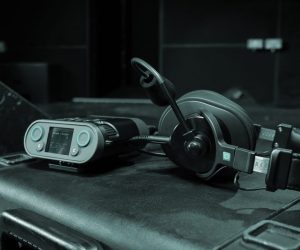

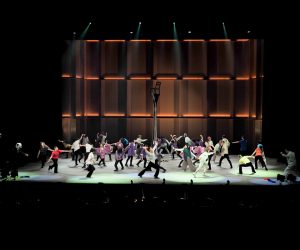

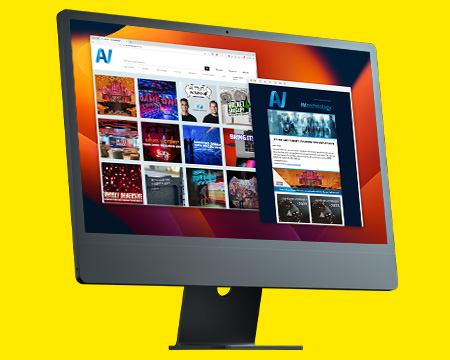

RESPONSES